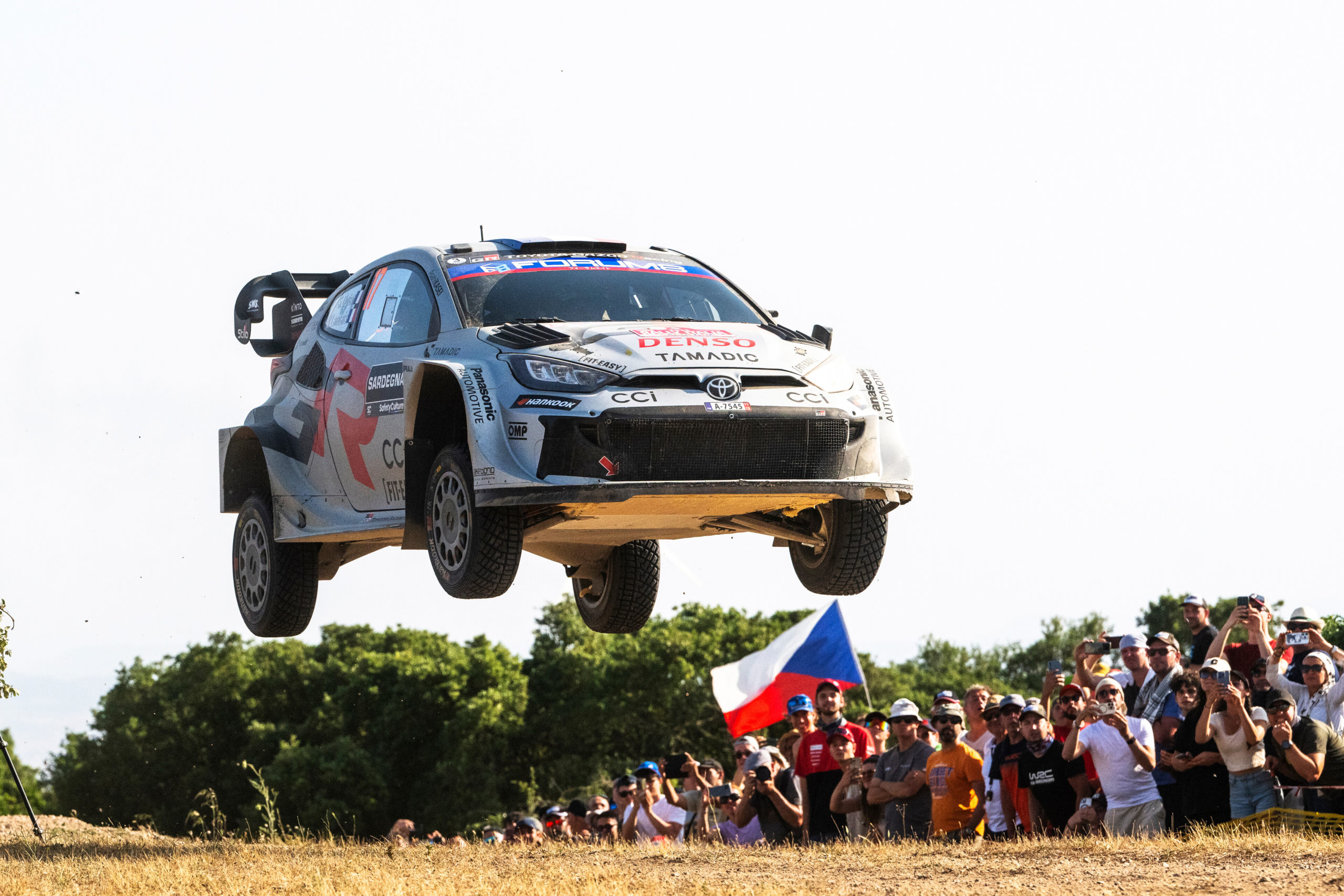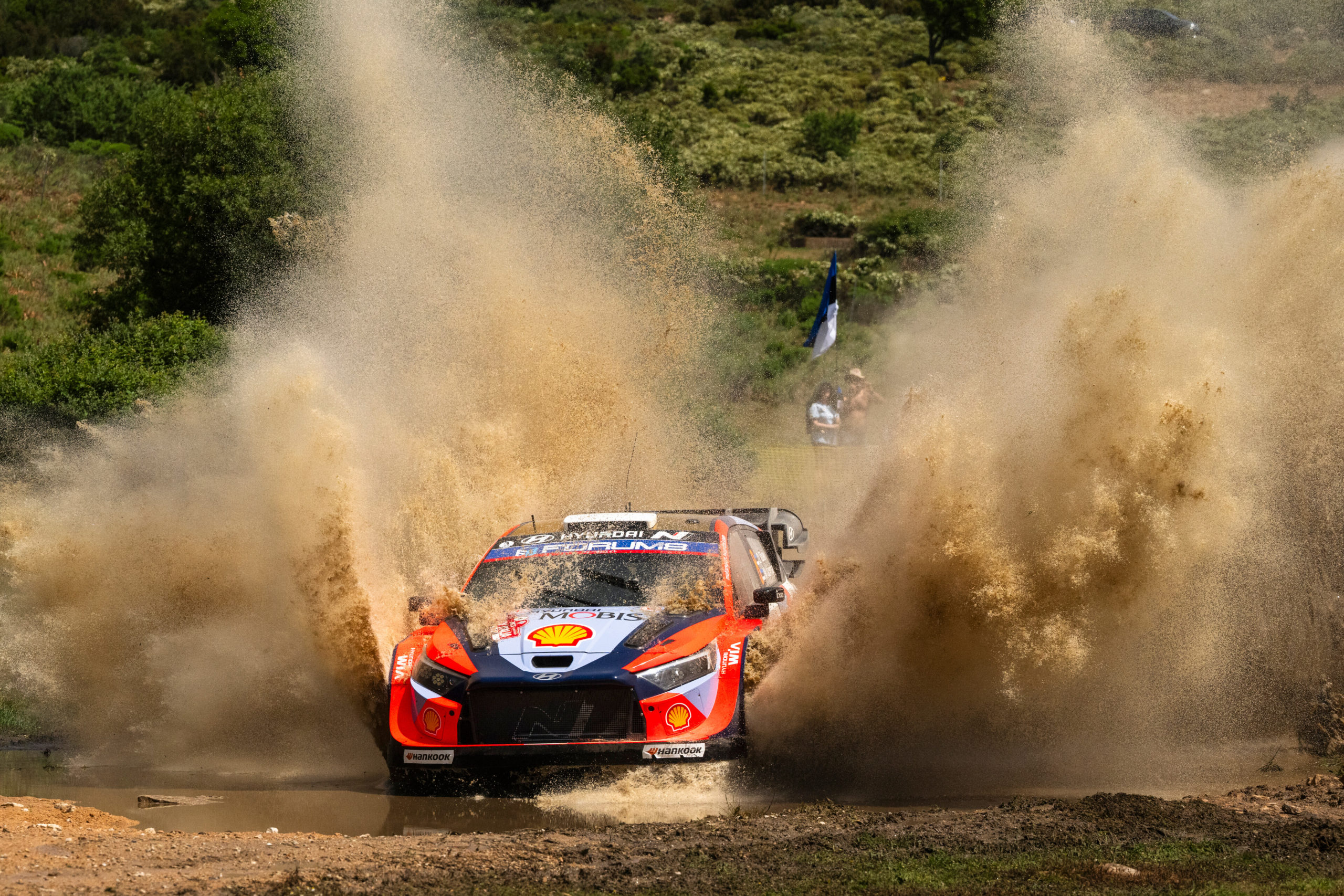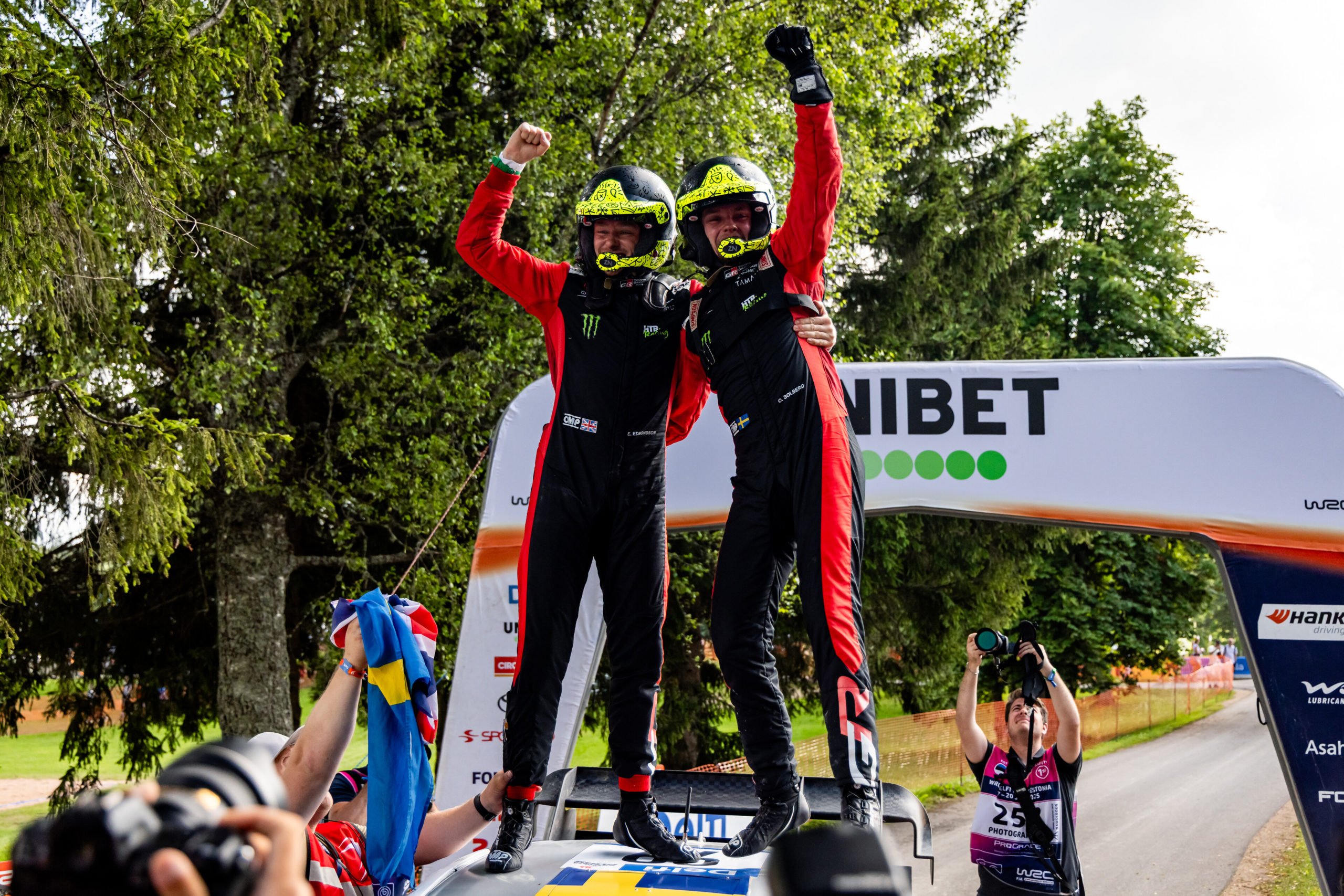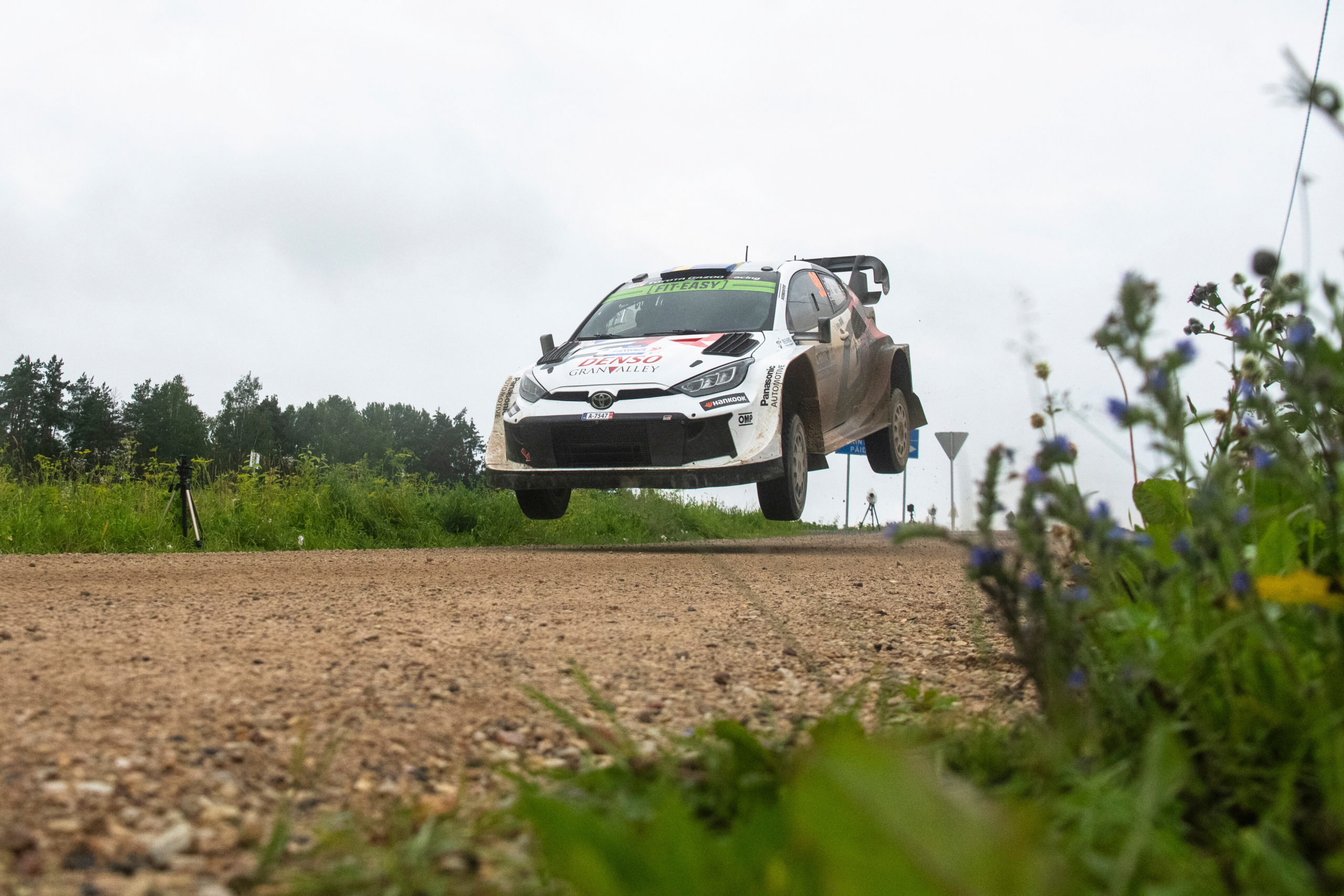Rally Italia Sardegna has always been the event that sorts the wheat from the chaff. The 2025 edition, held from 5 to 8 June around Olbia, was no exception—offering a masterclass in endurance, precision, and tactical nerve. The rally’s narrow, abrasive gravel roads, relentless Mediterranean sun, and unforgiving terrain have long made it a crucible for the world’s best rally drivers. This year, as the World Rally Championship (WRC) reached its sixth round, Sardinia once again delivered a contest that was as much about survival as it was about speed.

The Stage is Set
The rally’s base in Olbia, a port city of understated charm, provided a fitting backdrop for a test of such rigour. Sixteen special stages, totalling 320.08 kilometres, wound through the island’s rugged interior, with each stage demanding absolute concentration. The event’s reputation for attrition is well earned: mechanical failures, punctures, and off-road excursions are not just possible but probable. The roads are narrow, the run-off scant, and the margins for error negligible.
As Toyota Gazoo Racing’s Sébastien Ogier observed after the first day:
“Sardinia is always a challenge. The roads are so narrow and the surface so abrasive that you have to be inch-perfect. One small mistake and you’re out.”
The Contenders
The entry list read like a who’s who of modern rallying. Toyota, dominant in the early part of the season, brought a formidable line-up: Ogier, Kalle Rovanperä, and Elfyn Evans. Hyundai, eager to claw back ground, fielded Ott Tänak and Thierry Neuville—both with proven form on the island. M-Sport Ford, while lacking the outright pace of their rivals, hoped to capitalise on any misfortunes.
The rally began with Ogier and co-driver Vincent Landais setting a blistering pace, only for Neuville to respond immediately. The early exchanges were a microcosm of the weekend to come: a game of cat and mouse, with each driver probing for weaknesses.
The Battle Unfolds
Friday’s stages were a test of nerve. The abrasive surface and punishing heat meant tyre management was paramount. Ogier, a veteran of Sardinia’s trials, was typically measured in his approach:
“You can’t push too hard here. You have to find a rhythm, look after the car, and hope the others make mistakes.”
Neuville, ever the fighter, was less restrained:
“When you’re behind, you have to take risks. It’s not always the fastest who wins here, but the smartest—and sometimes the luckiest.”
By Saturday, the rally had settled into a pattern. Ogier and Tänak emerged as the main protagonists, trading stage wins and rarely separated by more than a handful of seconds. The legendary Lerno–Su Filigosu stage, with its iconic Micky’s Jump, provided the weekend’s most dramatic moment—cars soaring through the air, dust billowing, providing specatcular photos.
Rovanperä, ever the ice-cool Finn, kept himself in contention, while Evans, the championship leader, adopted a more cautious approach:
“It’s easy to get caught up in the battle, but you have to remember the bigger picture. Points are what matter.”

The Human Factor
Rallying, at its heart, is a human endeavour. The relationship between driver and co-driver is tested to the limit in Sardinia, where pace notes must be precise and communication flawless. The physical toll is immense: drivers emerge from each stage drenched in sweat, their hands blistered, their concentration frayed.
Hyundai’s Ott Tänak, never one to mince words, summed it up:
“This rally is brutal. It’s not just about driving fast—it’s about surviving. You have to be strong, both mentally and physically.”
Behind the scenes, teams worked tirelessly to keep their cars running. Mechanics, stripped to the waist in the sweltering heat, battled against the clock to repair damage and replace worn components. The service park, a hive of activity, was a testament to the sport’s relentless demands.
Sunday Drama
As the rally entered its final day, the tension was palpable. Ogier, leading by a slender margin, knew that one mistake could cost him the win. Tänak, ever the predator, was waiting to pounce. The morning stages saw Ogier extend his lead, but the final test—a new, technical stage along the coast—threatened to upend the order.
Ogier, pushing hard, suffered a half-spin and a brush with a tree. For a moment, it seemed the rally might slip from his grasp. But the Frenchman, a master of composure, recovered to cross the line with his lead intact.
“That was close,” Ogier admitted afterwards. “The last stage was so tricky—narrow, dusty, with rocks everywhere. I was lucky to get through.”
Tänak, ever the sportsman, was gracious in defeat:
“We gave it everything. Sometimes it’s not enough. Congratulations to Sébastien—he was just a bit better this weekend.”
The Results
The final classification told its own story:
| Position | Driver/Co-Driver | Car | Time | Gap to Leader |
|---|---|---|---|---|
| 1 | S. Ogier / V. Landais | Toyota GR Yaris Rally1 | 3:34’24.5 | — |
| 2 | O. Tänak / M. Järveoja | Hyundai i20 N Rally1 | 3:34’32.4 | +7.9 |
| 3 | K. Rovanperä / J. Halttunen | Toyota GR Yaris Rally1 | 3:35’15.0 | +50.5 |
| 4 | E. Evans / S. Martin | Toyota GR Yaris Rally1 | 3:39’30.2 | +5’05.7 |
| 5 | T. Katsuta / A. Johnston | Toyota GR Yaris Rally1 | 3:41’54.1 | +7’29.6 |
Ogier’s victory was his fifth in Sardinia—a record—and his third of the 2025 season. It also tightened the championship battle, with Evans’ lead over Ogier now reduced to just 19 points.
The Bigger Picture
For Toyota, the result was further confirmation of their dominance. The Japanese marque has now won every round of the 2025 season, a feat that speaks to both their technical excellence and their tactical nous. For Hyundai, the weekend was a reminder of the fine margins at this level: Tänak’s pace was undeniable, but it was not enough to overcome Ogier’s consistency.
For the fans, Sardinia delivered everything they could hope for: drama, spectacle, and a reminder of rallying’s unique appeal. The event’s free attendance policy and the passion of the local supporters added to the atmosphere, with thousands lining the stages to witness the action.
In Their Own Words
Sébastien Ogier:
“Sardinia is special. It’s one of those rallies where you have to be on it from start to finish. The roads are so demanding, and the competition is always fierce. To win here again is a great feeling.”
Ott Tänak:
“We pushed as hard as we could. The car was good, but Ogier was just a bit better. That’s rallying—sometimes you win, sometimes you lose. We’ll come back stronger.”
Kalle Rovanperä:
“It was a tough weekend. The conditions were really difficult, but we managed to get a podium. That’s important for the championship.”
Elfyn Evans:
“It wasn’t our best rally, but we scored good points. The championship is long, and every point counts.”
Conclusion
Rally Italia Sardegna 2025 was a reminder of what makes the WRC so compelling. It is not just about speed, but about endurance, strategy, and the ability to adapt. Ogier’s victory was a masterclass in all three, and it sets the stage for an enthralling second half of the season. As the championship moves on to new challenges, the memories of Sardinia’s dust, drama, and determination will linger long in the minds of all who witnessed it.
Technical Insights: Tyres and Terrain
One of the defining features of Rally Italia Sardegna is the relentless wear on tyres. Teams must balance aggression with conservation, knowing that a puncture can spell disaster. The abrasive gravel, combined with temperatures often exceeding 30°C, means that tyre management is as important as outright pace.
Toyota’s technical director, Tom Fowler, explained:
“We spend a lot of time analysing the stages and working with our drivers to find the right compromise. It’s not just about being fast—it’s about being smart.”
Hyundai’s engineers, meanwhile, focused on suspension setup to cope with the rough terrain. As Ott Tänak noted:
“The car has to be strong. You’re jumping, sliding, hitting rocks—it’s a real test for the team as well as the driver.”




